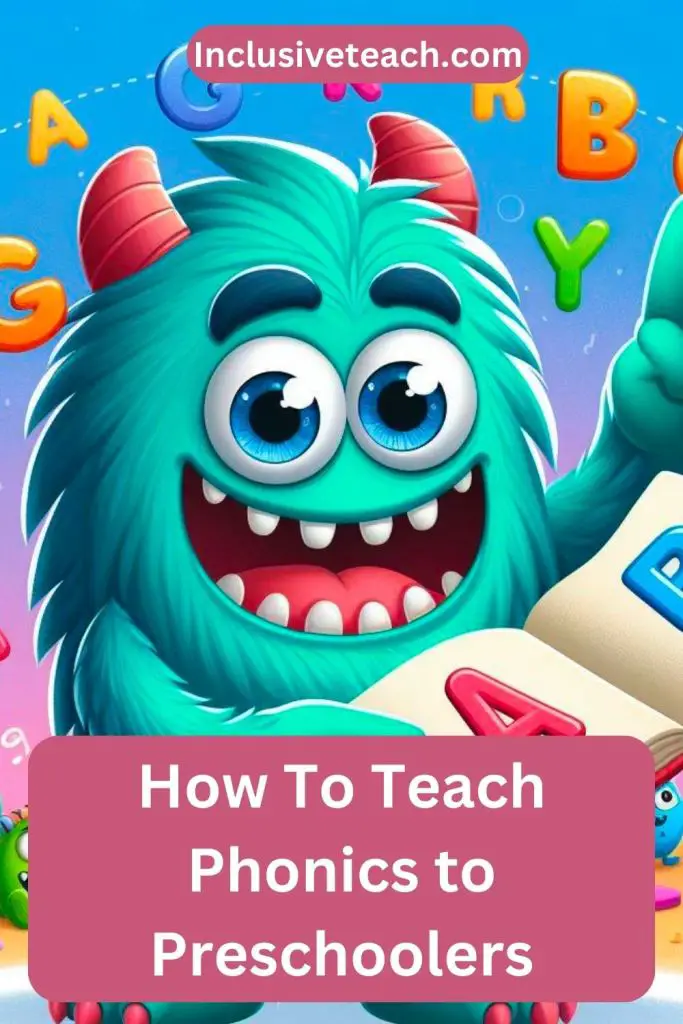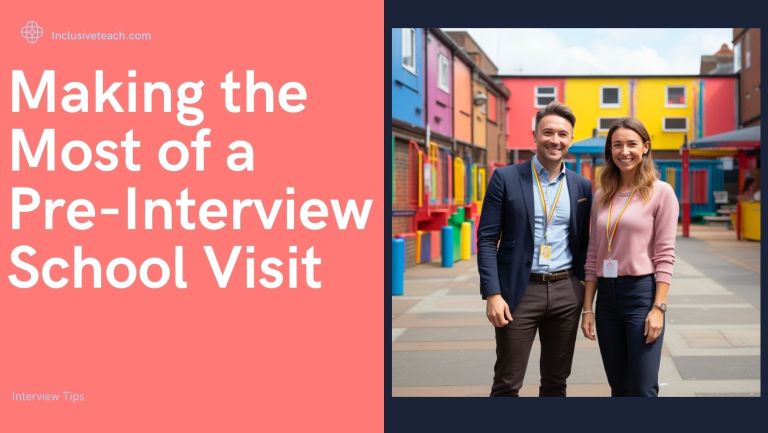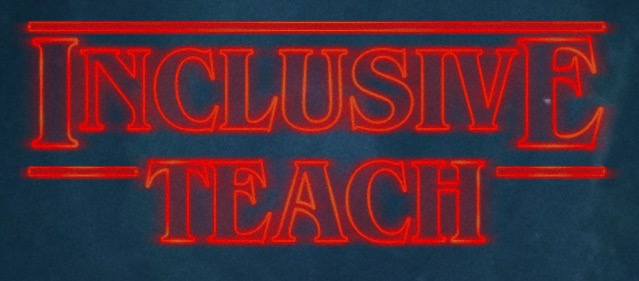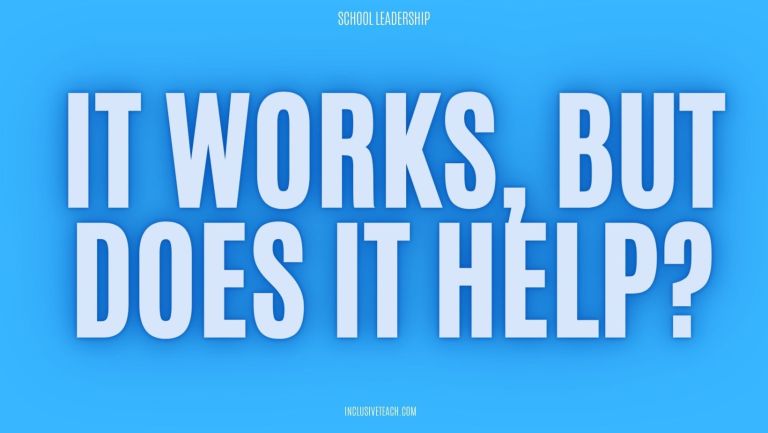How To Teach Phonics to Preschoolers
A Guide to Teaching Phonics to Preschoolers
Why is Phonics Important? Understanding Phonics and Decoding
How to teach phonics to preschoolers builds on our very popular Inclusive Phonics post from a couple of years ago. Phonics and decoding are foundational skills in early literacy. Phonics involves associating sounds with letters or groups of letters, while decoding is the ability to apply this knowledge to pronounce written words accurately. Both are crucial for developing reading proficiency. If we take the word “CAT” as an example: teaching the /c/ sound with the letter “c” illustrates phonics, while blending the sounds of “c” “a,” and “t” to read “cat” demonstrates decoding.
The Importance of Phonics in Early Literacy
Contrary to popular belief, phonics, not sight words alone, lays a robust foundation for reading. Phonics equips children to decode new words they encounter, this supports the development of reading fluency and comprehension. Teaching phonics to preschoolers is important as early exposure to phonological awareness and letter recognition builds the groundwork for mastering reading skills which opens other academic doors.
Sequential Approach to Teaching Phonics
- Letter Sounds: Initiate instruction with the sounds of letters, starting with commonly used ones like S, A, T, P, I, and N. (SATPIN in Letters and Sounds) (MASDT in Read Write Inc)
- Digraphs: I always remember this from a Rhod Gilbert documentary “Two Letters One Sound! Tell the Door” Introduce combinations of letters producing single sounds, such as “ch,” “th,” and “sh.”
- Blending Sounds: Progress to blending consonant blends like “bl,” “pl,” and “st.”
- Vowel Digraphs: Proceed to vowel combinations like “ae,” “oo,” and “ai.”

A Systematic Approach to Teach Phonics to Preschoolers
Step 1: Phonemic Awareness
Phonemic awareness, understanding individual speech sounds, is fundamental. Engage preschoolers in activities like:
- Saying words slowly and having them say it fast.
- Identifying the beginning, ending, or middle sounds of words.
- Changing beginning sounds to create new words.
- Counting the sounds in words.
Step 2: Introducing Printed Letters
Connect speech sounds to printed letters. Begin by introducing them to the 26 letters of the alphabet.
- Teach both uppercase and lowercase letters simultaneously. Uppercase letters are easier to write, while lowercase letters are more common in books.
- Help your child connect the sounds they’ve learned with the corresponding letters. For example, when teaching the /b/ sound, introduce the letter “b.”
- Reinforce the relationship between sounds and letters through activities like letter recognition games, letter-sound matching, and simple word building.
Step 3: Blending Letters to Read Words
Encourage blending sounds to read words. Utilise the knowledge gained from Step 1 and the letters introduced in Step 2 to form words. Practice with various word combinations to reinforce learning.
Tips for Effective Phonics Instruction in Preschool
- Provide Ample Practice: Offer opportunities for regular practice in reading and writing activities.
- Use Phonic Clips Cards: Employ tactile activities like clip cards to reinforce letter-sound associations.
- Be Flexible in Instruction: Adapt teaching methods to suit individual learning styles.
- Include Comprehensive Literacy: Balance phonics instruction with vocabulary development and reading comprehension.
- Incorporate Writing Activities: Integrate writing alongside reading, emphasizing correct letter formation through multisensory approaches.
Q&A Section:
Q1: How can I help my preschooler develop phonemic awareness?
A: Engage in various phonemic awareness activities like identifying sounds in words, blending sounds, and playing word manipulation games.
Q2: What are some effective multisensory techniques for teaching phonics?
A: Utilise activities involving tactile sensations, visual aids, and auditory cues, such as writing letters in sand trays, using alphabet blocks, or singing phonics songs. Below are some ideas – for more ideas check out the Reading Rockets site.
- Sand or Shaving Cream Writing:
- Objective: Combine sight, touch, and sound to connect letters and their sounds.
- Activity: Children write letters or words in a tray of sand or shaving cream. They feel the texture while saying the sounds aloud.
- Air Writing:
- Objective: Reinforce letter formation and directionality.
- Activity: Children use their fingers as pointers to “write” letters or words in the air. It helps reinforce commonly confused letter forms (e.g., b and d).
- Sandpaper Letters:
- Objective: Develop tactile awareness of letter shapes.
- Activity: Create sandpaper letters (cut out from sandpaper) for each letter of the alphabet. Children trace the letters with their fingers.
- Phonics Wall Charts and Visual Aids:
- Objective: Benefit visual learners.
- Activity: Display wall charts or posters showing letter-sound relationships. Point to the letters and discuss their sounds.
- Interactive Storytelling:
- Objective: Engage auditory learners.
- Activity: Read stories that feature specific phonics patterns. Encourage children to listen for and identify those sounds.
- Make Phonics Fun with Sand, Paint, or Clay:
- Objective: Reinforce letter-sound associations.
- Activity: Use sand, finger paint, or clay to form letters. Children say the corresponding sounds as they create.
- Phonics Games and Movement Activities:
- Objective: Combine kinesthetic learning with phonics.
- Activity: Play games like “Phonics Hopscotch” (jump on letters while saying their sounds) or “Phonics Musical Chairs” (sit on a letter when the music stops).
- Letter Sound Scavenger Hunt:
- Objective: Connect letter sounds to real-world objects.
- Activity: Hide objects around the room that start with specific letter sounds. Children find the objects and say their names.
Q3: Is there a recommended age to start teaching phonics to preschoolers?
A: While every child is different, introducing phonics activities as early as age three or four can lay a strong foundation for future reading success. Many schools including special schools are now teaching phonics in some form to older pupils as well.







One Comment